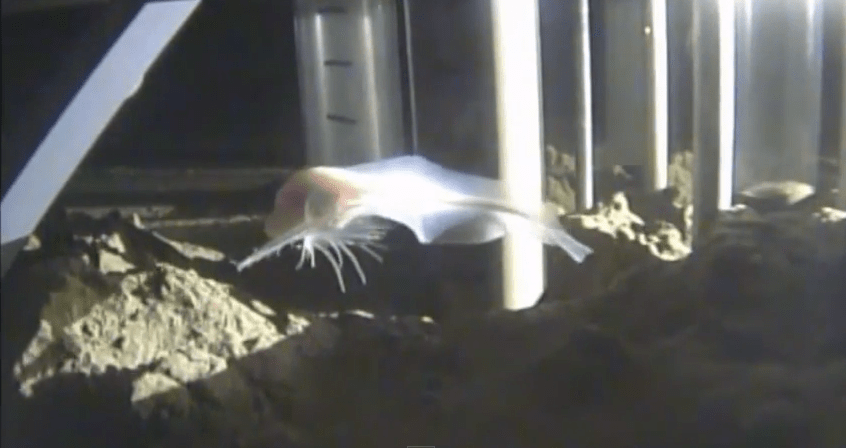


This article was originally published in the February 2015 issue of Popular Science, under the title “Slippery Truths.” It has been updated for the web.
After it was narrowly defeated last November, the bill for the Keystone XL oil pipeline just cleared the House of Representatives, with members voting 270-152 in its favor. Now the bill heads to President Obama, who is still threatening to veto it. If that happens, it will be sent back to both houses of Congress for another round of voting.
The contentious 1,200-mile, 36-inch-wide steel pipeline would transport both heavy oil and bitumen—low-grade crudes that need extra refining before they can be made into products such as gasoline—from Alberta’s oil sands to refineries on the Gulf Coast. The pipeline has become a flash point, both for environmentalists and landowners along the proposed route, who have lobbied hard to stop it, and oil companies who have lobbied equally hard to push it through. With each side of the debate so entrenched in its own rhetoric, fact seems inextricable from fiction. But with data, it’s possible to cut through some of the often-hyperbolic claims.



















